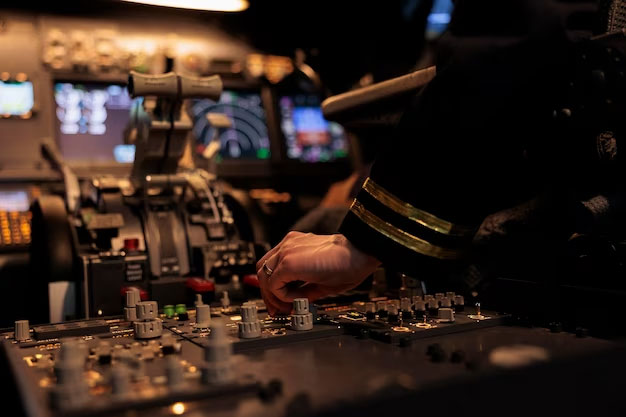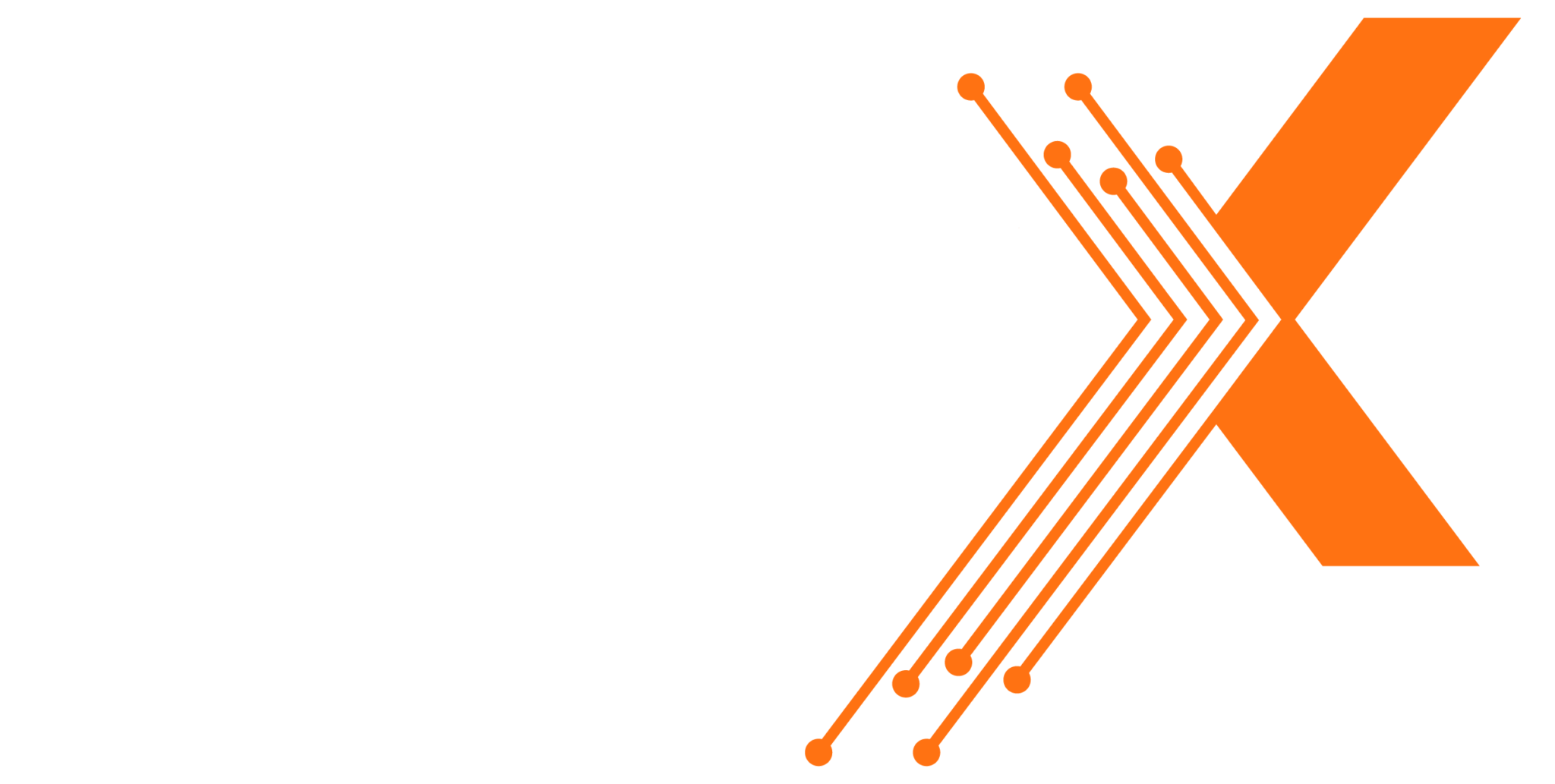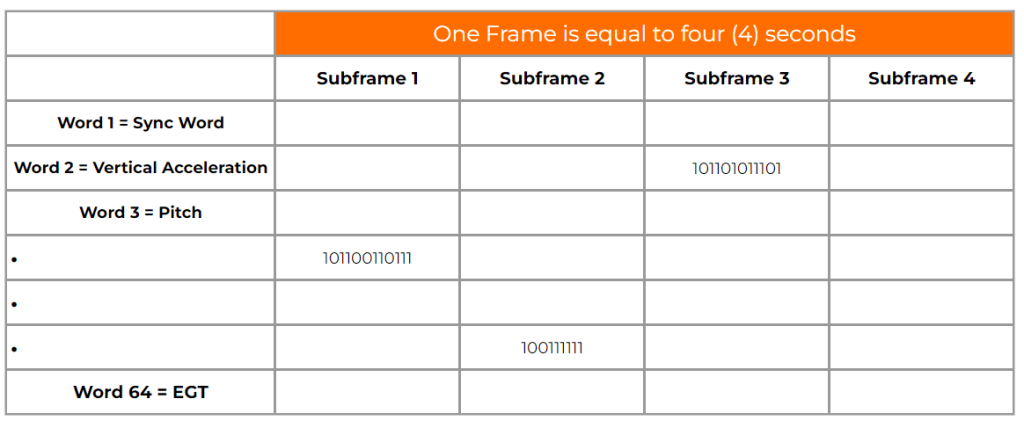Introduction to
Flight Data Algorithms & Science
FDS 101
Personalized, fleet-wide safety monitoring to identify and understand operational trends
Take your CVR audio analysis skills to the next level. After completion of CVA 101, you are now ready to measure, dissect, and troubleshoot a wide range of industry recognized CVR audio defect types. You will work directly with live examples of electrical and mechanical saturation, poor amplification, audio data loss, GSM interference, CAM recording pollution, and a plethora of other anomalies. At a minimum you will walk away with the ability to both quantify and qualify CVR audio from an amplification, signal integrity and noise perspective.
Key benefits for improved operational safety
Informed decisions
Lorem ipsum dolor sit amet, consectetur adipiscing elit. Ut elit tellus, luctus nec ullamcorper mattis, pulvinar dapibus leo.
Risk mitigation
Lorem ipsum dolor sit amet, consectetur adipiscing elit. Ut elit tellus, luctus nec ullamcorper mattis, pulvinar dapibus leo.
Targeted action
Lorem ipsum dolor sit amet, consectetur adipiscing elit. Ut elit tellus, luctus nec ullamcorper mattis, pulvinar dapibus leo.

Download the Advanced Safety Analytics product sheet
Discover an in-depth analytics solution that goes beyond single-event exploration to highlight trends and leading indicators of safety-related events.
Download our product sheet and discover the ways that Advanced Safety Analytics supports proactive data-driven decision-making and improvements across safety and flight operations.
‘Coming soon’





